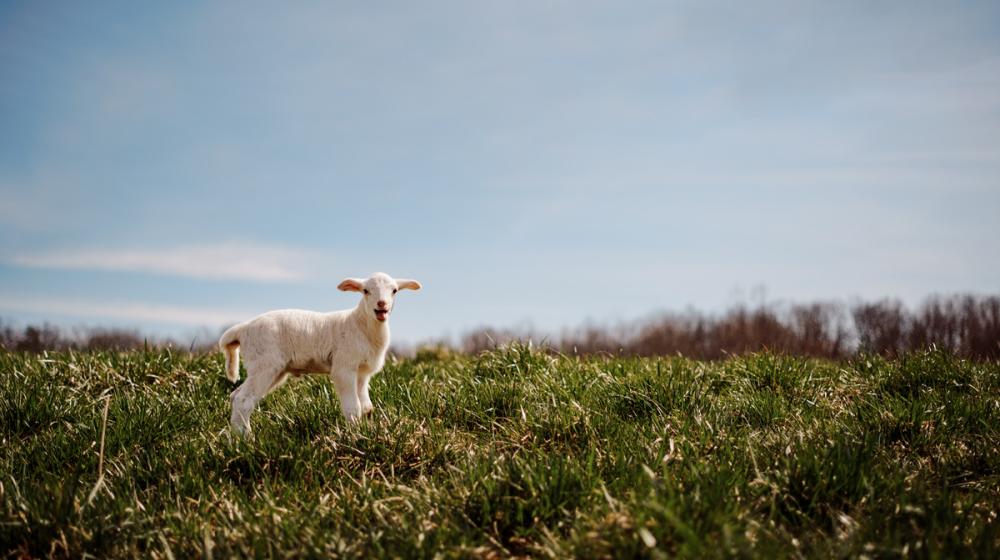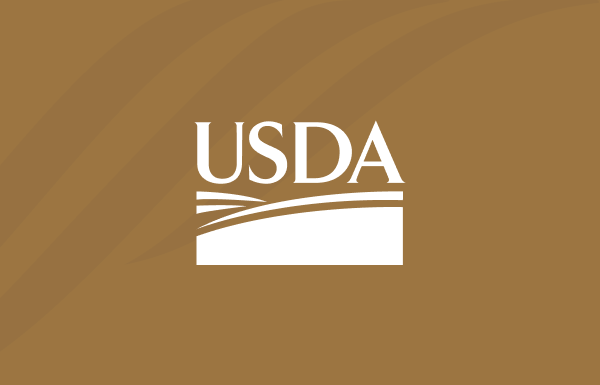
The bleating of sheep when they hear the feed bucket can be deafening.
“BAAAAA! BAAAAA! BAAAAA! BAAAAA! BAAAAA! BAAAAA!”
Like a nearby car horn or a low-flying jet, the sound can stop conversations cold.
To a sheep producer, that is the sound of money, and more and more producers across Kentucky are looking at sheep in a renewed light. That is thanks in part to the efforts of the Southeast Kentucky Sheep Producers Association and its president, Dr. Patrick Angel.
In 2020, USDA Rural Development awarded a Value-Added Producer Grant to the association in order to conduct a feasibility study into the marketing and sale of high-quality lamb.
“Before there was Kentucky Fried Chicken, there was Kentucky Spring Lamb,” says Angel, who is also quick to point out that lamb and mutton from Kentucky farms graced the plates of many fine restaurants across the eastern United States. “One of the biggest things we learned with the study was that stories sell, and [the sheep producers in eastern Kentucky] have an amazing story!”
That story is steeped in history. At one point, the commonwealth was the second largest sheep producing state in the country, according to Dr. Jessica Madison, professor of American history for Eastern Kentucky University and University of the Cumberlands. In the 1930s, there were approximately 1.4 million sheep in Kentucky, second only to Texas.
After peaking in the early 1940s, the number of sheep in Kentucky has steadily fallen and currently hovers around 59,000, according to U.S. Department of Agriculture's National Agricultural Statistics Service.
But Angel hopes that number will climb back up.
“I’m getting one or two phone calls a week, every week, from producers who want to know how to get into the sheep business,” he said.
One such call came from Stephen and his uncle, Richard, who has been in the cattle business for decades.
On a sunny spring day, Angel took Richard and Stephen to four different sheep operations in south central Kentucky. The point of these farm visits, which Angel conducts regularly, is to help new sheep producers get on the right track as quickly as possible to being as profitable as possible.
“It’s hard to make money with cows right now, so we’re looking at adding sheep,” said Richard, who went on to explain the math that showed getting lambs to market can be more profitable than beef cattle and take about half the time.
Once a ewe sheep is bred, she’ll give birth about 147 days later, usually to two lambs. Those lambs can then be sold about five months later for an average price of about $325 each. If a ewe sheep and a heifer are bred on the same day, the sheep producer will have money in hand about two weeks after the heifer gives birth to her calf, and the ewe will likely already be bred again. Shorter gestation, multiple births, and a relatively low cost to feed all add up to make sheep quite profitable.
Helping new sheep producers maximize their profits is part of Angel’s mission.
“I want to help them get started right,” said Angel of all the new sheep producers he helps, “and I want to help them stay in business.”

